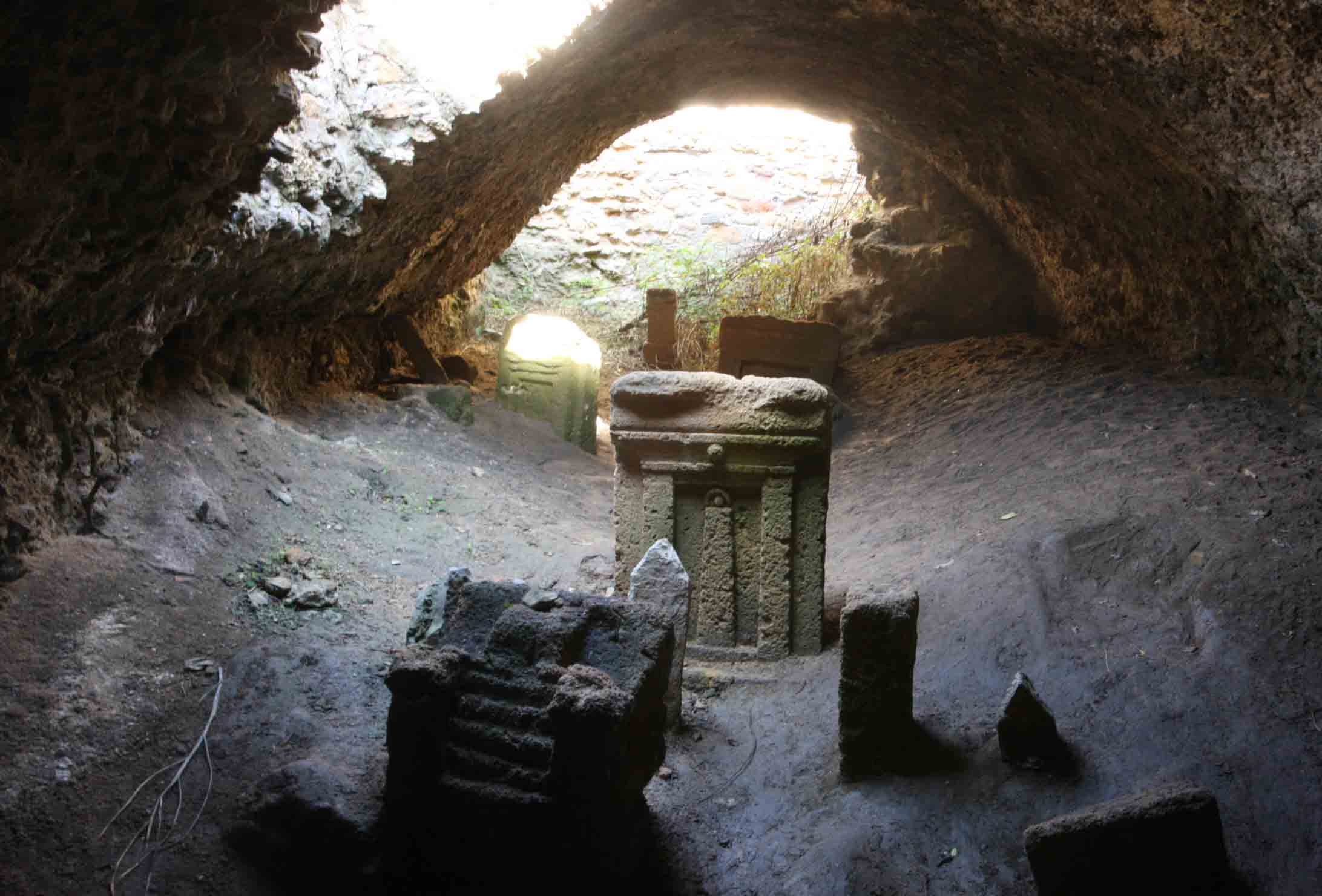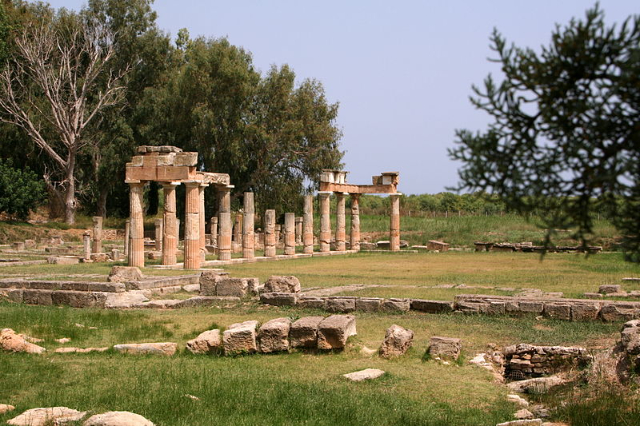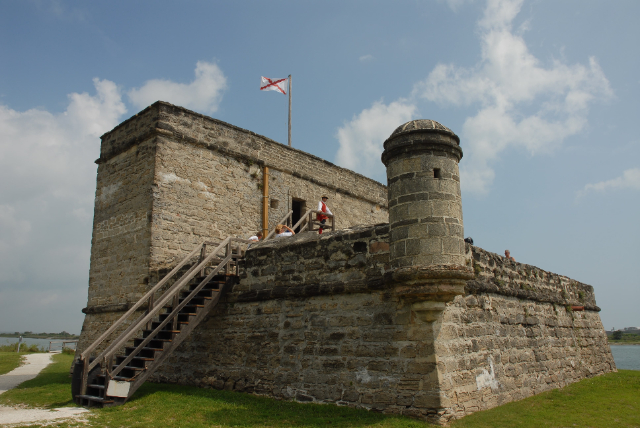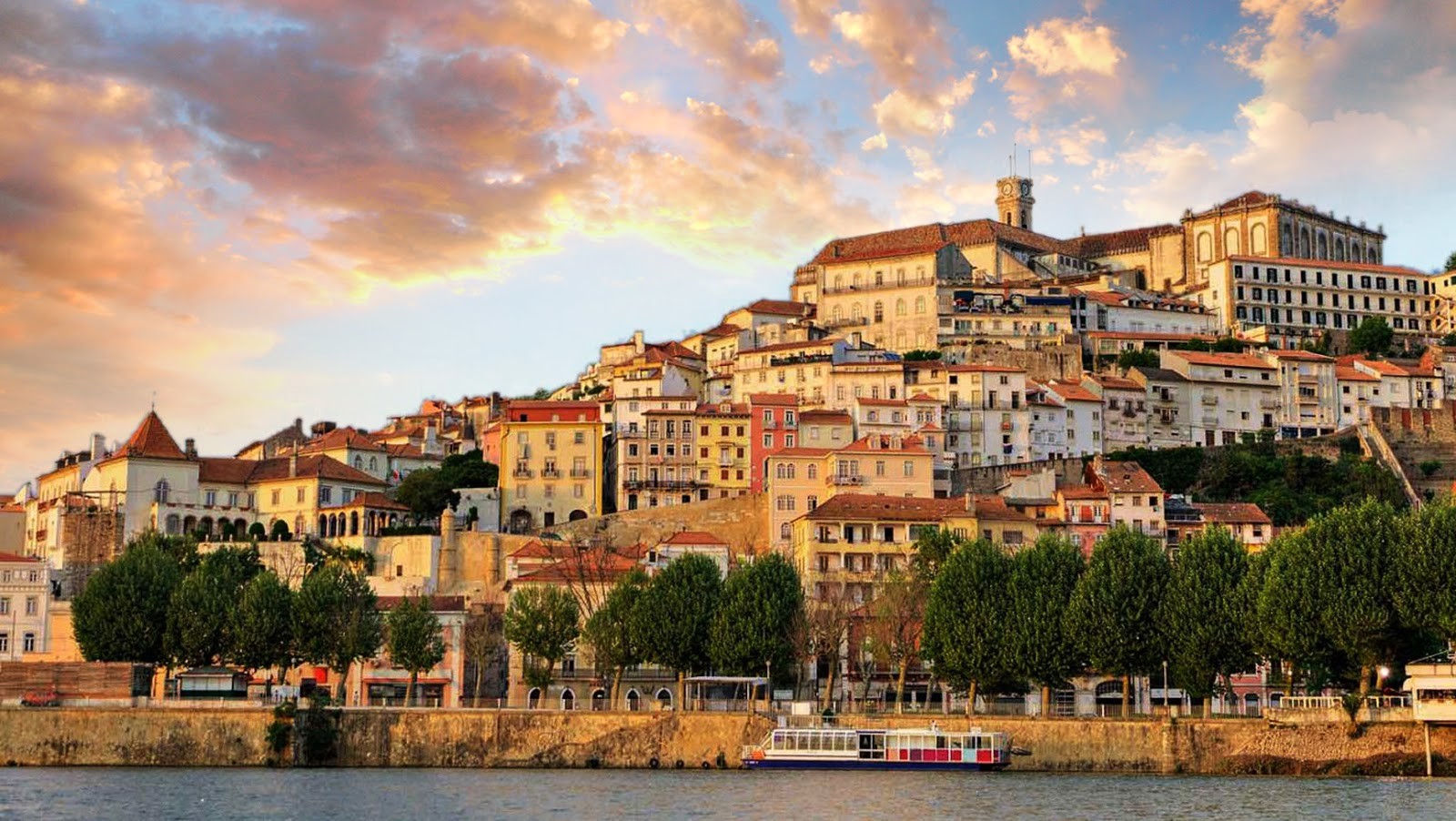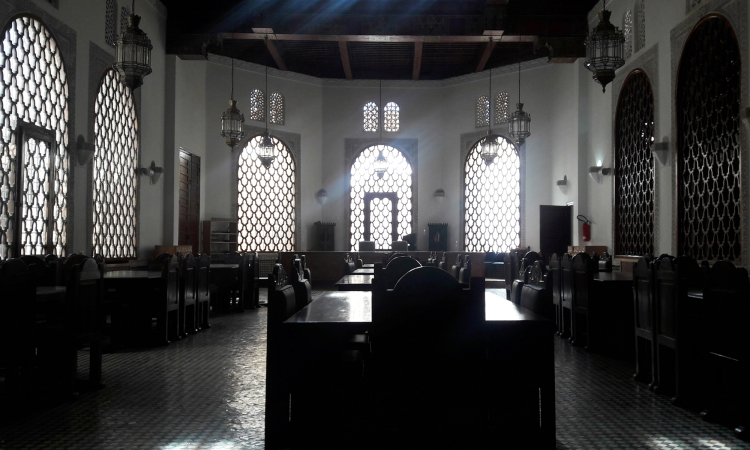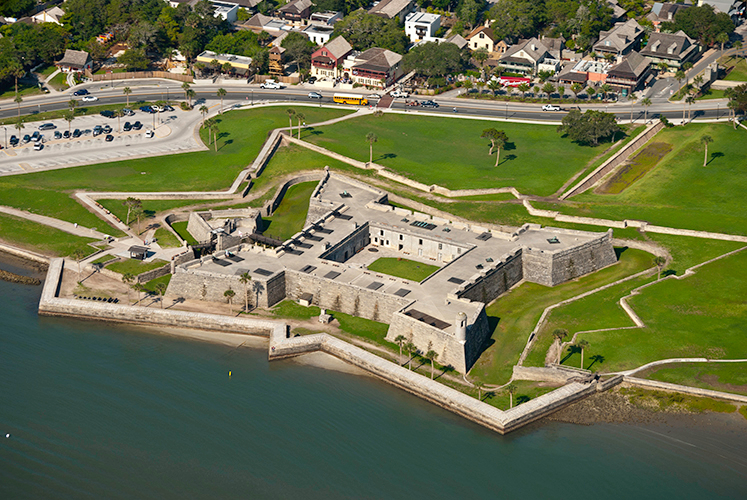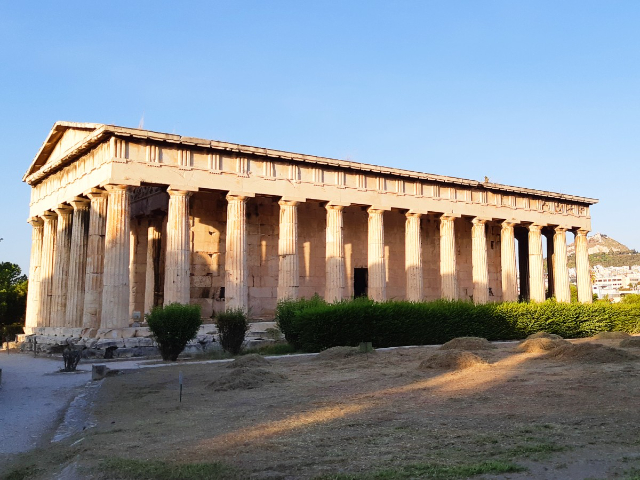The burial site at Carthage in Tunisia, as well as others in the region, was discovered in the 20th century. It, along with the others, contained funerary urns stuffed with the cremated ashes and bone fragments of young children. Over 20,000 urns buried under stelae (stone slabs with inscriptions) were found at the tophet in Carthage, which is one of the largest cemeteries from the Phoenician period.The tophet (also topheth) was a sacred precinct usually located outside cities where sacrifices and burials were made, especially of young children, in rituals of the Phoenician and then Carthaginian religion. The tophet is the most evident cultural export from Phoenician cities to their colonies throughout the Mediterranean and they have been a valuable source of information on burial practices and even Mediterranean trade via the habit of using imported pottery as funerary urns to store the ashes of the deceased.
One of the rituals of the Phoenician religion was to sacrifice humans, especially children, according to ancient sources. The victims were killed by fire, although it is not clear precisely how. According to the ancient historians Clitarch and Diodorus, a hearth was set before a bronze statue of the god Baal (or El) who had outstretched arms on which the victim was placed before falling into the fire. They also mention the victims wearing a smiling mask to hide their tears from the god to whom they were being offered. The victim’s ashes were then placed in an urn and buried in tombs placed within a dedicated sacred open space surrounded by walls, the tophet.
